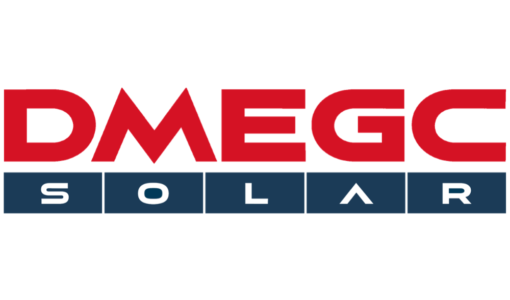With renewable energy sources increasingly being used by governments across the world to bring down their electricity costs and mitigate harmful effects of climate change, auctions to select projects, technologies and developers has become the most widely used tool for renewable energy procurement. So much so that almost all economies have or will shift from the traditional feed-in-tariff (FIT) based mechanism for renewable energy to an auction based one. Some countries also offer subsidies for auctioned capacity.
However, among the biggest challenges that this process entails is to ensure realization of procured capacity in an effective manner. A Massachusetts Institute of Technology (MIT) research paper by David Matthäus explores the prevalent renewable energy auction design elements for their effectiveness. Matthäus looked into auction results from 1990 until 2017.
In his paper titled Designing Effective Auctions for Renewable Energy Support, Matthäus says the real effectiveness of a renewable energy auction is when the project is actually realized on time within predicted costs. For this, it is extremely important to have stringent pre-qualification rules and penalties for non-performance.
These two measures can act as ‘powerful enforcement mechanisms to drive effectiveness’ by reducing the real-option value inherent in non-realization drastically. These may also stop highly aggressive market entry strategies attracting more serious bids through both channels pointing at the tendency of some bidders to bid real low, below cost, that prevents them from actually realizing the projects.
Inclusion of financial pre-qualification in the form of bid bonds ups can lead to higher realization rates. At the same time, it will prevent instances of driving competitors out of the market.
He finds that technological banding or pricing rules may not be that effective, in bringing projects to completion. Instead, policy makers can adapt the auction design to the regulatory scheme, social norms or non-monetary goals without deteriorating effectiveness, for instance choose between technological banding to ensure a reliable mix of generation technologies and foster small-scale, immature technologies, or go in for technology-neutral auctions to maximize efficiency.
“According to my results, policy makers which focus on high realization rates should include pre-qualification measures and penalties into their design,” writes Matthäus in the paper. “Importantly, they gain more degrees of freedom regarding other design features to tailor renewable energy auctions to their country. This freedom is advantageous in view of a large variety of countries adapting renewable energy auctions.”
A research brief of Matthäus’ working paper can be viewed on the website of MIT’s Center for Energy and Environmental Policy Research.












